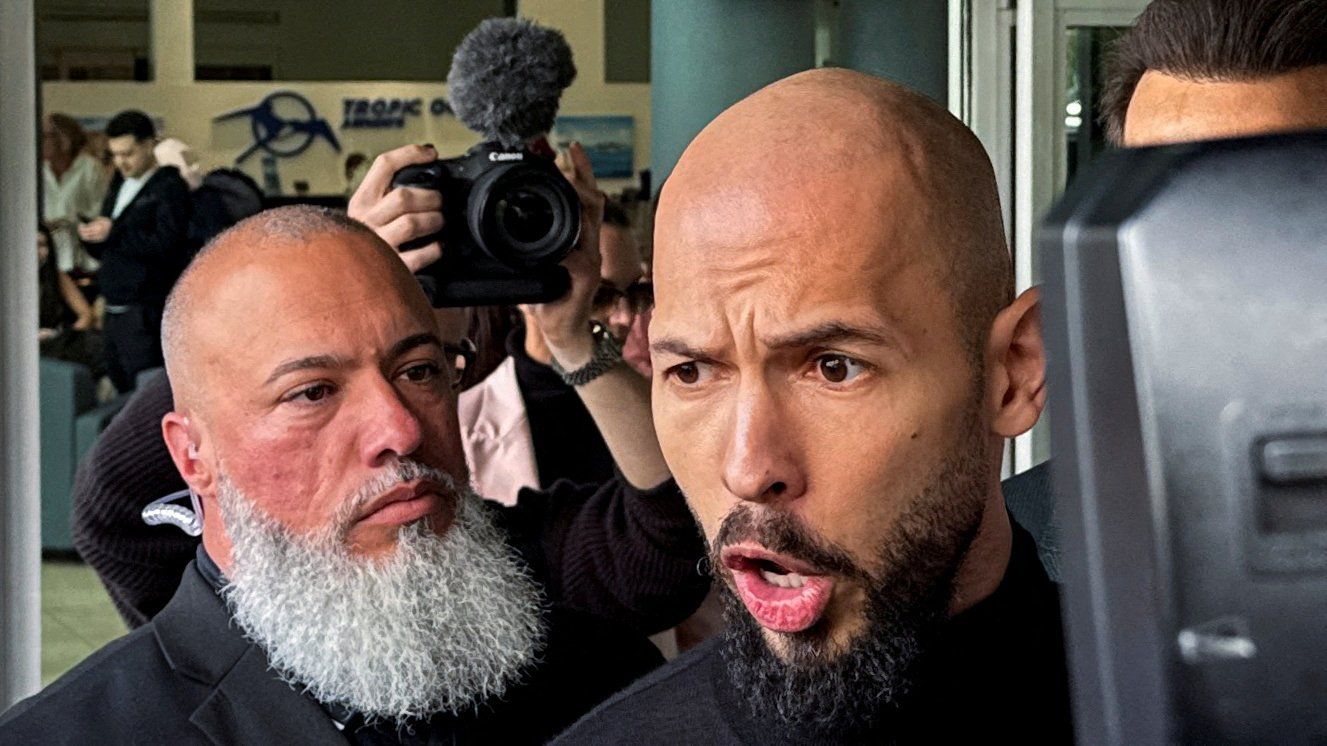On Thursday, Donald Trump made progress on two campaign promises: releasing Jeffrey Epstein’s “client list” and freeing the Tate brothers from Romania. Ironically, both cases involve human trafficking and sexual abuse — but Trump has taken very different stands on them.
The DOJ vowed to release flight logs of visitors to Epstein’s private island to bring those involved to justice and increase transparency. But the initial release Thursday of about 200 pages, including flight logs and a redacted contacts list, proved disappointing as it didn’t reveal new names of Epstein associates. In response, Attorney General Pam Bondi accused the FBI of withholding “thousands of pages” and demanded that all Epstein documents be turned over by 8 a.m. Friday.
Epstein was convicted of running a trafficking ring that exploited underage girls and involved a number of powerful politicians, celebrities, and influential individuals. The identities of his “clients” have fascinated conspiracy theorists since 2019, when Epstein committed suicide while awaiting trial.
Meanwhile, Andrew and Tristan Tate — right-wing figures and self-described misogynists — landed in Florida on Thursday after being held in Romania for over two years on allegations of rape, trafficking, and money laundering. They deny the charges, but Andrew Tate has boasted online that they made money by misleading women into believing they wanted a relationship as a means of coercing them into producing pornography.
Romania has not dropped the charges, and it remains unclear whether Trump influenced the decision to allow the brothers to leave. However, earlier this month, US officials urged Romania to lift the Tates’ travel restrictions, and Andrew Tate posted on X: “The Tates will be free. Trump is the president. The good old days are back.”
